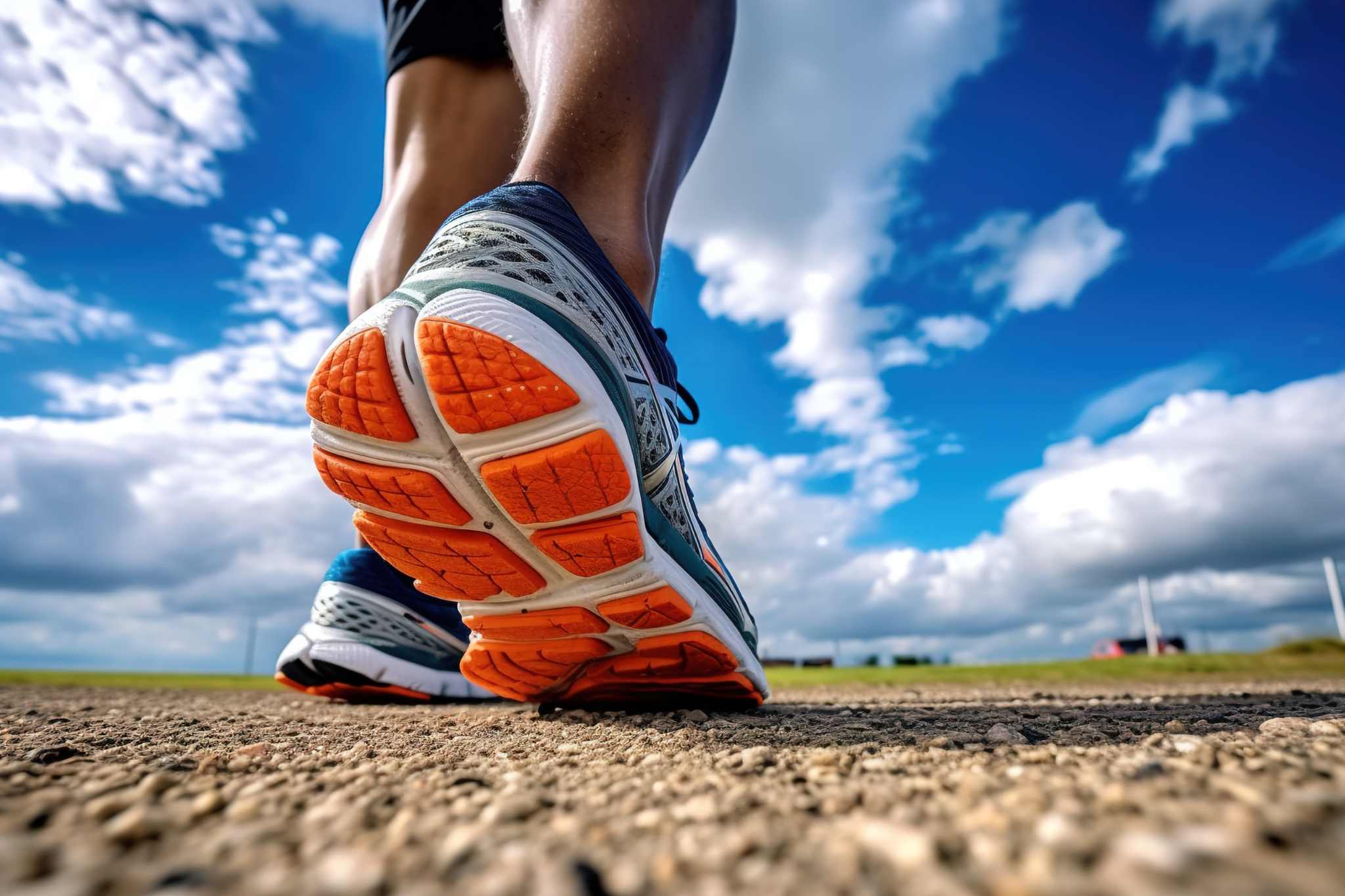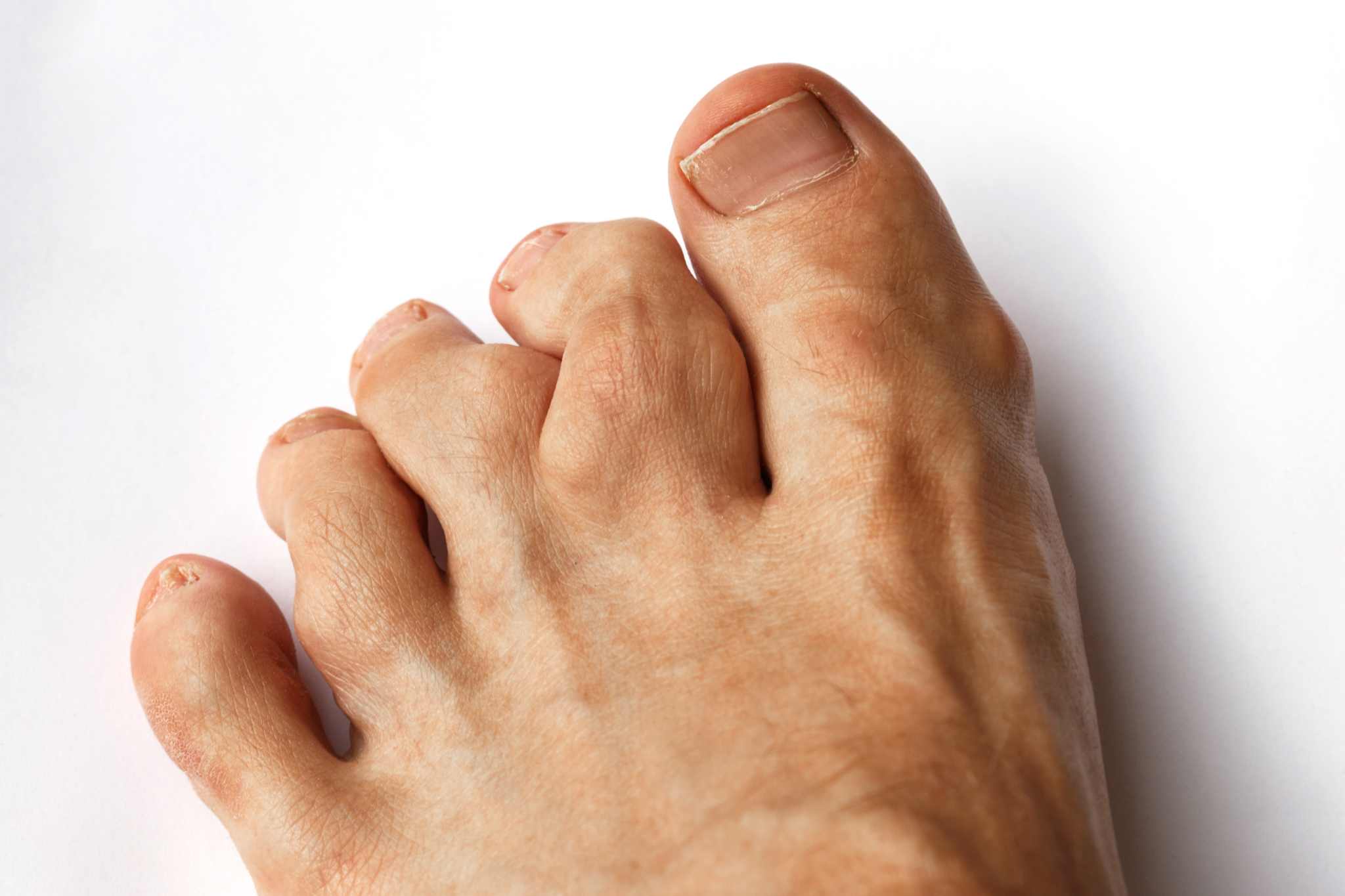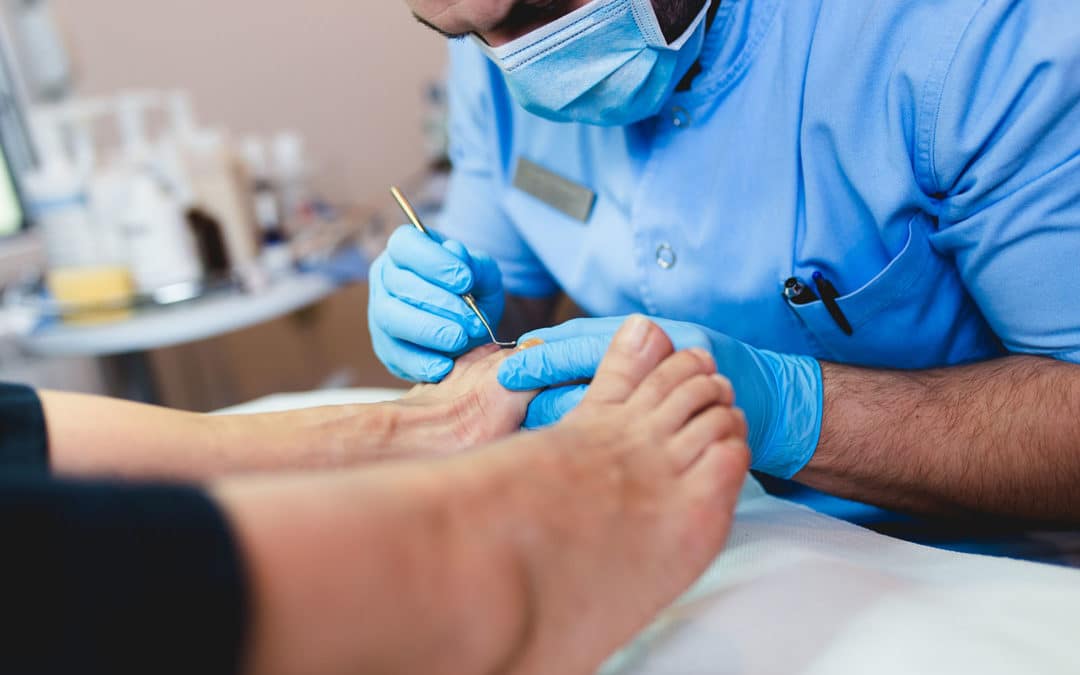Toe Deformities and Proper Footwear
Your feet are essential to your daily activities, and toe deformities can significantly impact your foot health and overall well-being. At Texas Foaot and Ankle Center, we understand the importance of addressing toe deformities and their connection to proper footwear.
In this blog, we will explore common toe deformities, their symptoms, underlying causes, and the crucial role of appropriate footwear in managing and preventing these conditions. Taking care of your feet and choosing the right shoes can make a world of difference in your foot health and comfort.
What Are Common Toe Deformities?
Toe deformities refer to structural changes in the toes that may cause them to bend or curl in abnormal positions. The most common toe deformities include:
- Hammer Toes: Hammer toes occur when the second, third, or fourth toe bends at the middle joint, resembling a hammer. This condition can be flexible or rigid, causing discomfort and difficulty in finding suitable footwear.
- Claw Toes: Claw toes involve all four smaller toes curling downward at both the middle and end joints. This deformity can lead to pressure points on the tops and tips of the toes, causing pain and corns.
- Mallet Toes: Mallet toes affect the distal joint of the toe, causing it to bend downward. This can lead to pain and difficulty wearing shoes.
- Bunions: While bunions primarily affect the big toe joint, they can cause the big toe to drift toward the second toe, creating a bony bump on the side of the foot. Bunions can be painful and impact shoe choices.
What Are Their Symptoms?
Toe deformities can present a range of symptoms, including:
- Pain and discomfort in the affected toes.
- Corns or calluses caused by friction and pressure from shoes.
- Redness, swelling, and inflammation around the toe joints.
- Limited flexibility and movement of the toes.
- Difficulty finding comfortable footwear.
What Causes Toe Deformities?
Toe deformities can result from various factors, including:
- Genetics: A family history of toe deformities may increase the risk of developing them.
- Foot Structure: Certain foot types, such as flat feet or high arches, may contribute to toe deformities.
- Footwear: Wearing tight, narrow, or high-heeled shoes can force the toes into unnatural positions over time.
- Trauma: Injuries to the toes can lead to deformities if not properly treated.
How Can Proper Footwear Help?
Choosing the right footwear is essential for managing and preventing toe deformities. Here are some tips to ensure your shoes fit properly and offer optimal comfort:
- Size Matters: Have your feet measured professionally, and choose shoes that fit your larger foot if there is a size difference. Avoid shoes that pinch or squeeze your toes.
- Toe Box: Opt for shoes with a roomy toe box that allows your toes to move freely and avoid excessive pressure on the joints.
- Heel Height: Choose shoes with a low to moderate heel height (ideally no higher than two inches) to reduce pressure on the toes and forefoot.
- Arch Support: Look for shoes with adequate arch support to promote proper foot alignment and reduce stress on the toes.
- Material Matters: Select shoes made from breathable materials to prevent excessive moisture and reduce the risk of fungal infections.
- Properly Fitted Orthotics: Custom orthotic inserts can provide additional support and alignment, reducing the impact on toe deformities and enhancing overall foot comfort.
- Avoid High Heels: Limit the use of high-heeled shoes, as they can place extra pressure on the toes and contribute to toe deformities.
- Rotate Shoe Choices: Avoid wearing the same pair of shoes every day to allow your feet to rest and reduce repetitive pressure on certain areas.
If Proper Footwear Isn’t Helping, Come and See Us!
If you’re experiencing discomfort or have noticed signs of toe deformities despite wearing appropriate footwear, it’s essential to seek professional evaluation and care. At Texas Foot and Ankle Center, our experienced podiatrists can accurately diagnose your condition, provide personalized treatment plans, and offer expert advice on proper footwear and foot care.
Depending on the severity and type of toe deformity, treatment options may include:
- Stretching and Exercises: Physical therapy and specific toe-stretching exercises can help improve toe flexibility and reduce discomfort.
- Splints and Pads: Non-invasive treatments like splints and pads can be used to help realign the toes and provide cushioning to reduce friction and pressure.
- Medication: Over-the-counter pain relievers and anti-inflammatory medications can help manage pain and reduce inflammation.
- Corticosteroid Injections: In some cases, corticosteroid injections may be recommended to alleviate pain and inflammation.
- Surgery: For severe or unresponsive cases, surgical intervention may be necessary to correct the deformity and alleviate symptoms.
At Texas Foot and Ankle Center, we prioritize patient-centered care and consider each individual’s unique needs and lifestyle. Our team of skilled podiatrists will work closely with you to develop a personalized treatment plan tailored to address your specific toe deformity and foot health concerns.
What Causes Toe Deformities?
Toe deformities can result from various factors, including:
- Genetics: A family history of toe deformities may increase the risk of developing them.
- Foot Structure: Certain foot types, such as flat feet or high arches, may contribute to toe deformities.
- Footwear: Wearing tight, narrow, or high-heeled shoes can force the toes into unnatural positions over time.
- Trauma: Injuries to the toes can lead to deformities if not properly treated.
How Can Proper Footwear Help?
Choosing the right footwear is essential for managing and preventing toe deformities. Here are some tips to ensure your shoes fit properly and offer optimal comfort:
- Size Matters: Have your feet measured professionally, and choose shoes that fit your larger foot if there is a size difference. Avoid shoes that pinch or squeeze your toes.
- Toe Box: Opt for shoes with a roomy toe box that allows your toes to move freely and avoid excessive pressure on the joints.
- Heel Height: Choose shoes with a low to moderate heel height (ideally no higher than two inches) to reduce pressure on the toes and forefoot.
- Arch Support: Look for shoes with adequate arch support to promote proper foot alignment and reduce stress on the toes.
- Material Matters: Select shoes made from breathable materials to prevent excessive moisture and reduce the risk of fungal infections.
- Properly Fitted Orthotics: Custom orthotic inserts can provide additional support and alignment, reducing the impact on toe deformities and enhancing overall foot comfort.
- Avoid High Heels: Limit the use of high-heeled shoes, as they can place extra pressure on the toes and contribute to toe deformities.
- Rotate Shoe Choices: Avoid wearing the same pair of shoes every day to allow your feet to rest and reduce repetitive pressure on certain areas.
If Proper Footwear Isn’t Helping, Come and See Us!
If you’re experiencing discomfort or have noticed signs of toe deformities despite wearing appropriate footwear, it’s essential to seek professional evaluation and care. At Texas Foot and Ankle Center, our experienced podiatrists can accurately diagnose your condition, provide personalized treatment plans, and offer expert advice on proper footwear and foot care.
Depending on the severity and type of toe deformity, treatment options may include:
- Stretching and Exercises: Physical therapy and specific toe-stretching exercises can help improve toe flexibility and reduce discomfort.
- Splints and Pads: Non-invasive treatments like splints and pads can be used to help realign the toes and provide cushioning to reduce friction and pressure.
- Medication: Over-the-counter pain relievers and anti-inflammatory medications can help manage pain and reduce inflammation.
- Corticosteroid Injections: In some cases, corticosteroid injections may be recommended to alleviate pain and inflammation.
- Surgery: For severe or unresponsive cases, surgical intervention may be necessary to correct the deformity and alleviate symptoms.
At Texas Foot and Ankle Center, we prioritize patient-centered care and consider each individual’s unique needs and lifestyle. Our team of skilled podiatrists will work closely with you to develop a personalized treatment plan tailored to address your specific toe deformity and foot health concerns.
© Texas Foot & Ankle Center. All Rights Reserved.
Web Design by CP Solutions.
Marketed by VMD Services.


